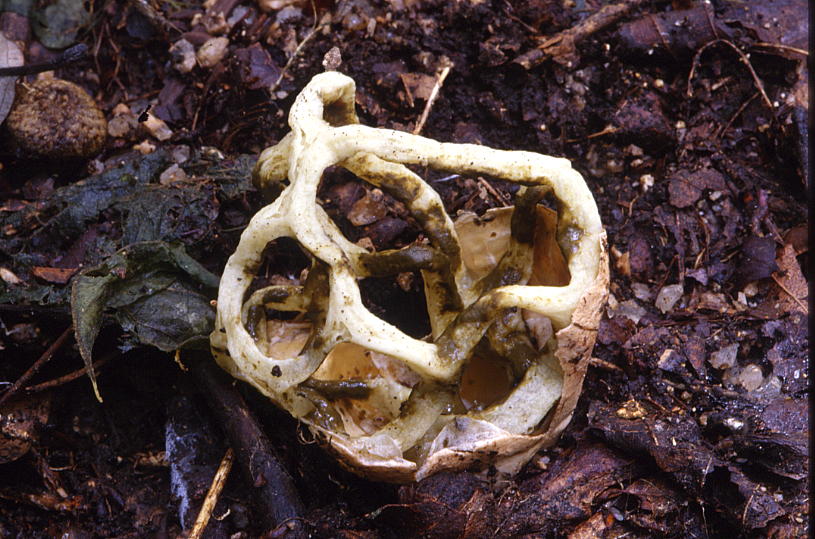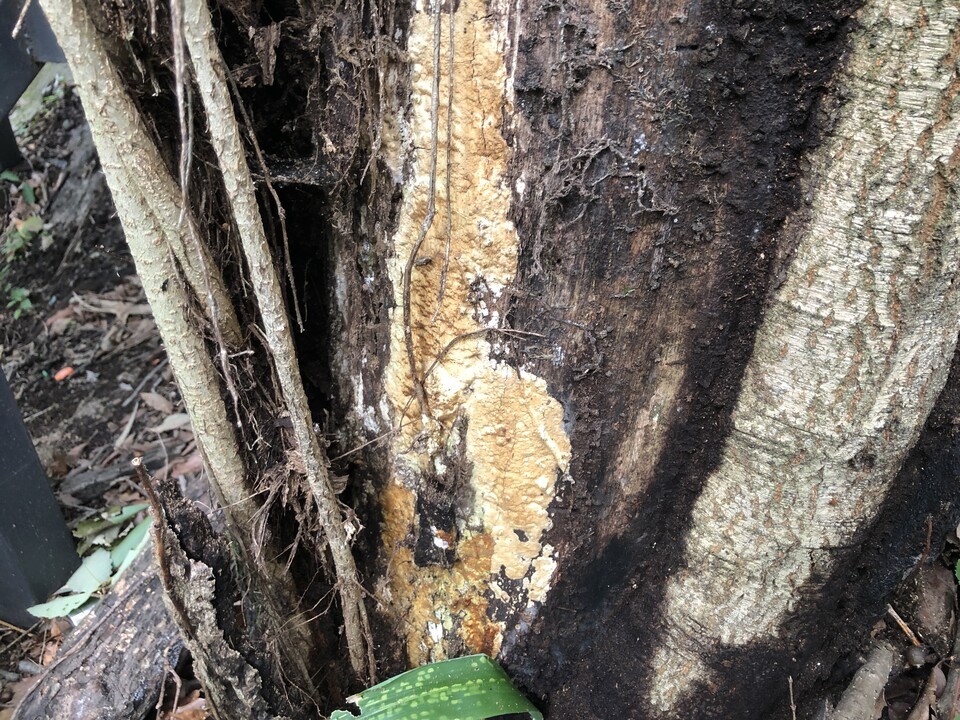The Korea Forest Service’s National Institute of Forest Science announced on the 2nd that Hongneung Forest, located in the heart of Seoul, plays a crucial role in preserving forest microbial diversity. In 2023, on the 50th anniversary of national reforestation, it was selected as one of Korea’s 100 treasured forests and is the only forest in Seoul designated as a forest conservation-type heritage forest.

Open to the public since 1993, Hongneung Forest is currently managed as a forest science research experimental forest by the National Institute of Forest Science. It preserves a variety of plants, including 1,224 species of trees and 811 species of herbaceous plants.

Recently, research on fungi in Hongneung Forest has also yielded results. According to an investigation conducted by the National Institute of Forest Science, 32 different fungal species were identified from 94 wood-decomposing fungal specimens collected in the forest. Among them were five novel species previously unrecorded in Korea, possessing high academic value. These findings were published in the 53rd volume of the Korean Journal of Mycology.

Hongneung Forest is home to unusual mushrooms like the basket stinkhorn, which are typically hard to find in urban areas, as well as the white basket mushroom and Hongneung leaf mushroom, both first discovered in Korea. Additionally, many mushrooms familiar to the public, such as oyster mushrooms, enokitake, Ganoderma, and Lingzhi, grow here. The Forest Microbiology Utilization Research Department at the National Institute of Forest Science is collecting about 80 species and 190 fungal strains from Hongneung Forest to study their ecological and genetic characteristics and bioactive substances.

Park Eung-jun, director of the Forest Microbiology Utilization Research Department, stated, “Fungi are decomposers of ecosystems and are important research subjects as plant pathogens and symbiotic partners in the age of climate change,” and added, “We plan to expand into practical research such as recovering burned areas, restoring pine mushrooms, and increasing local forest product incomes.”